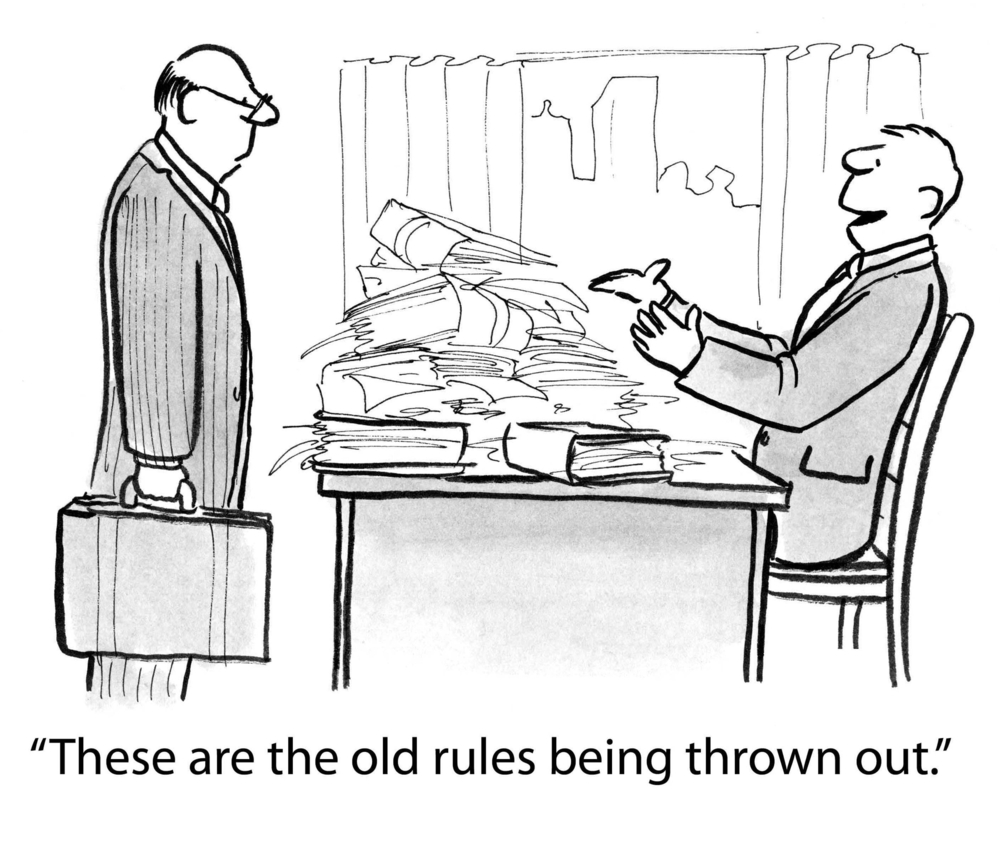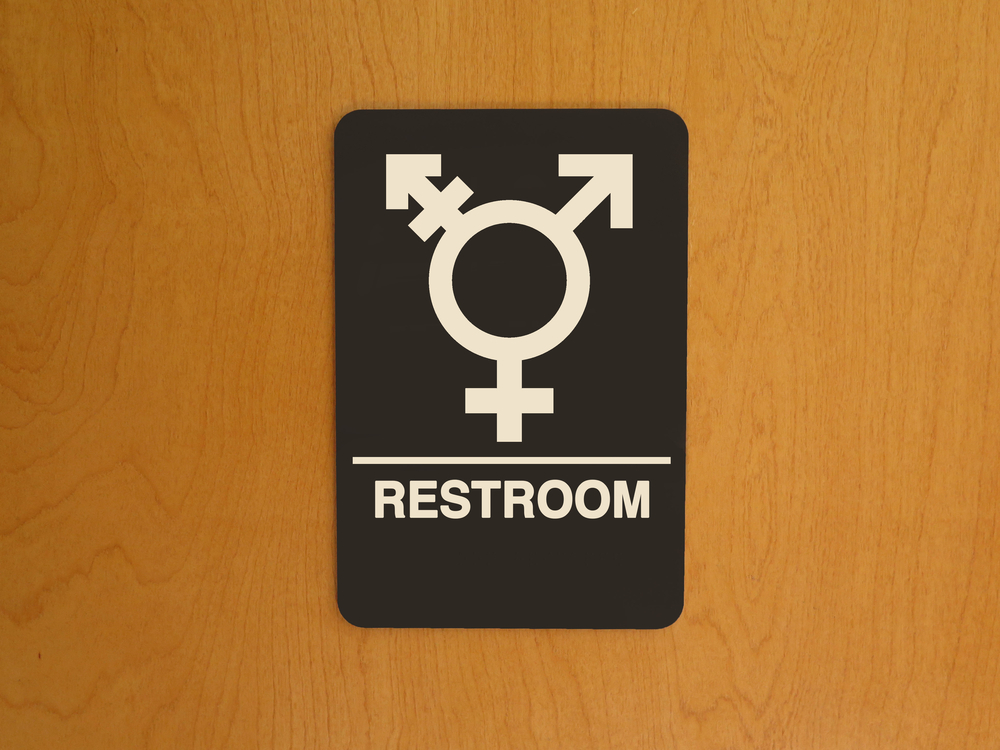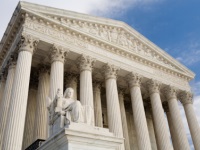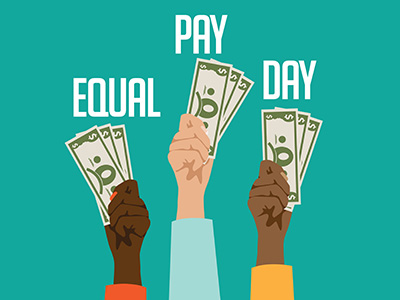OFCCP recently lost Trump-appointed Director Ondray Harris due to his resignation. Deputy Director Craig Leen takes Harris’s place in the interim. Harris’s departure raises some important questions that covered federal contractors may be asking.
What was Harris able to accomplish during his short tenure? During Harris’s time at the Agency, there were few policy developments. The Agency extended the moratorium on audits for many health care providers who offer medical coverage under the military’s TRICARE program. In addition, the Agency made good on its promise to provide contractors with additional transparency by (1) publishing its scheduling methodology; and (2) releasing a guidance document titled “What Contractors Can Expect” that stresses good behavior by the Agency and its staff. READ MORE











